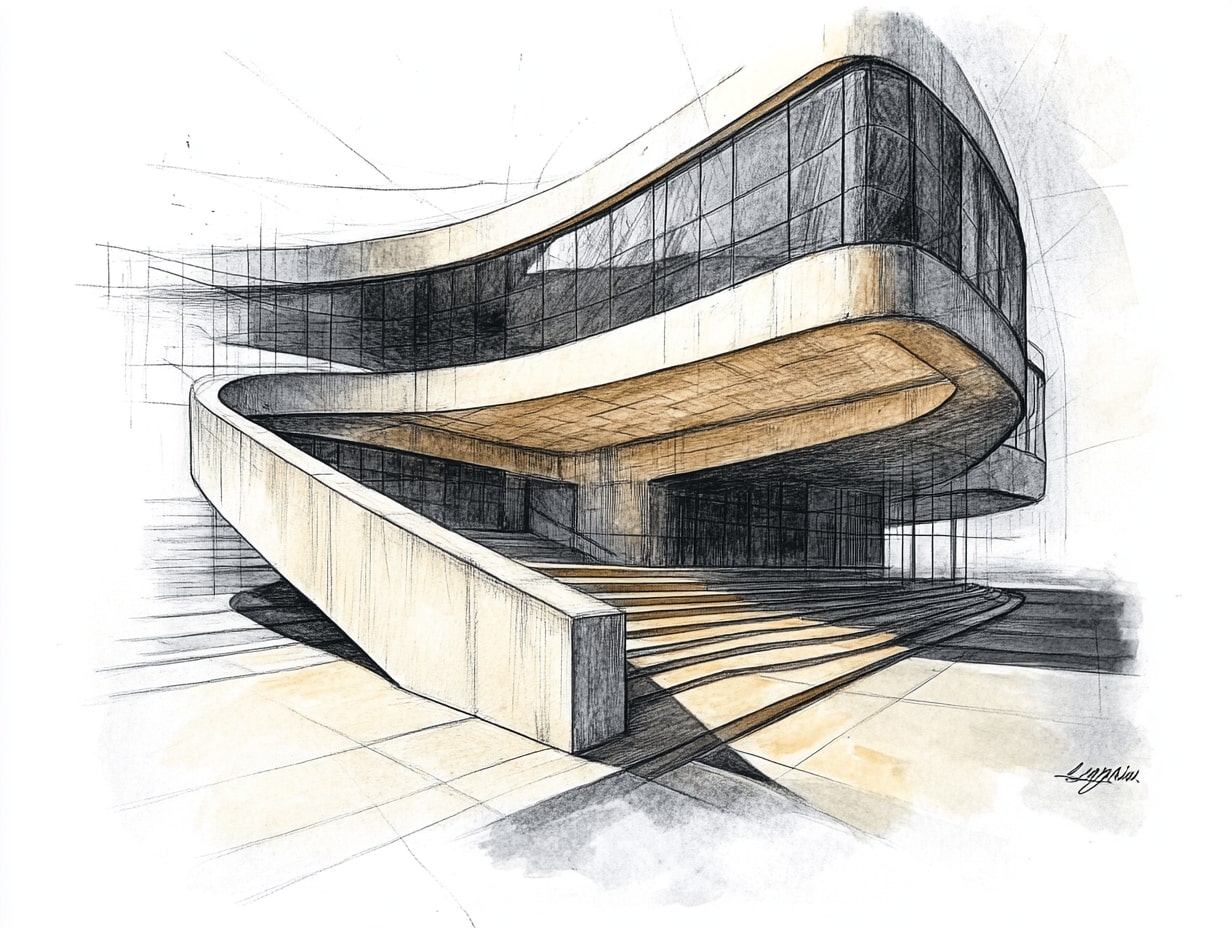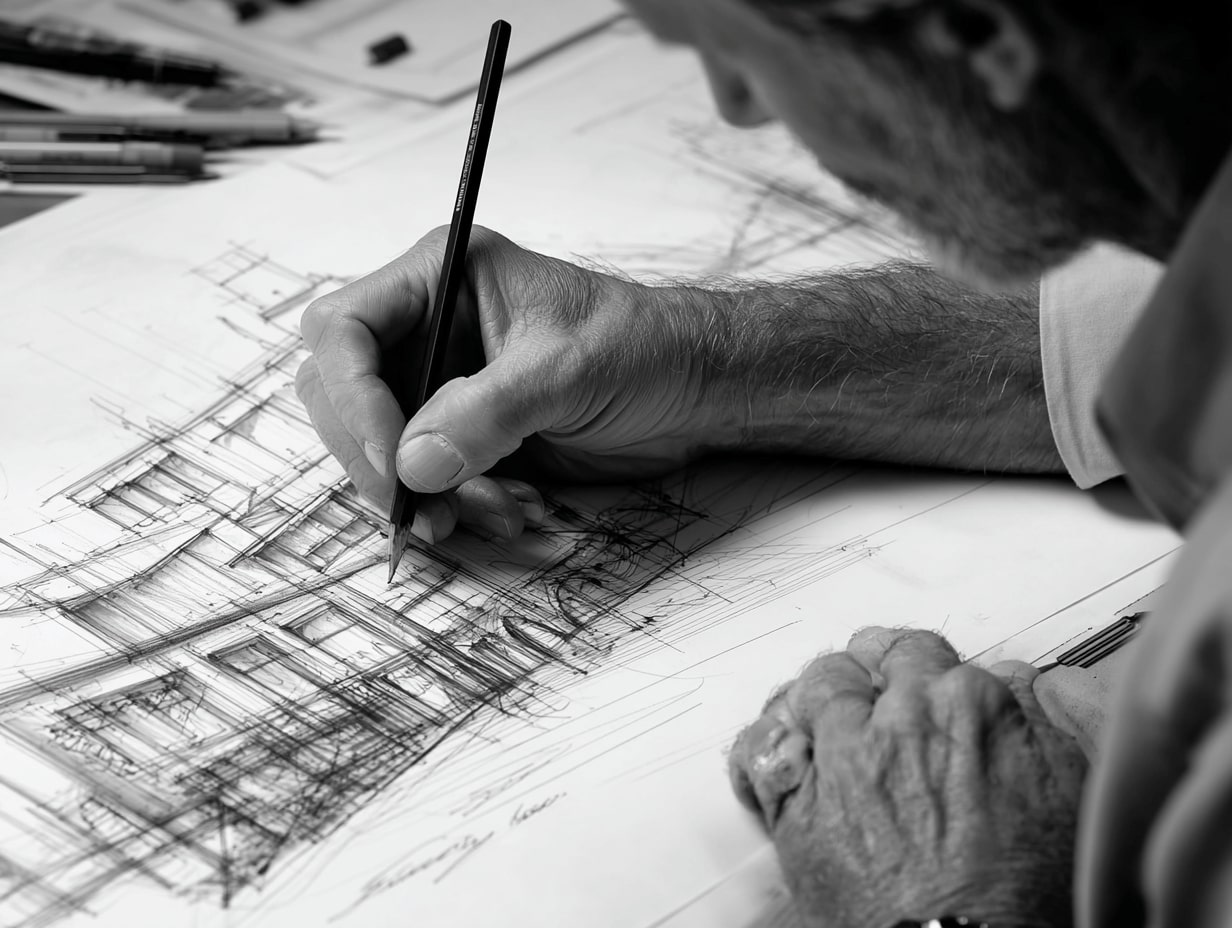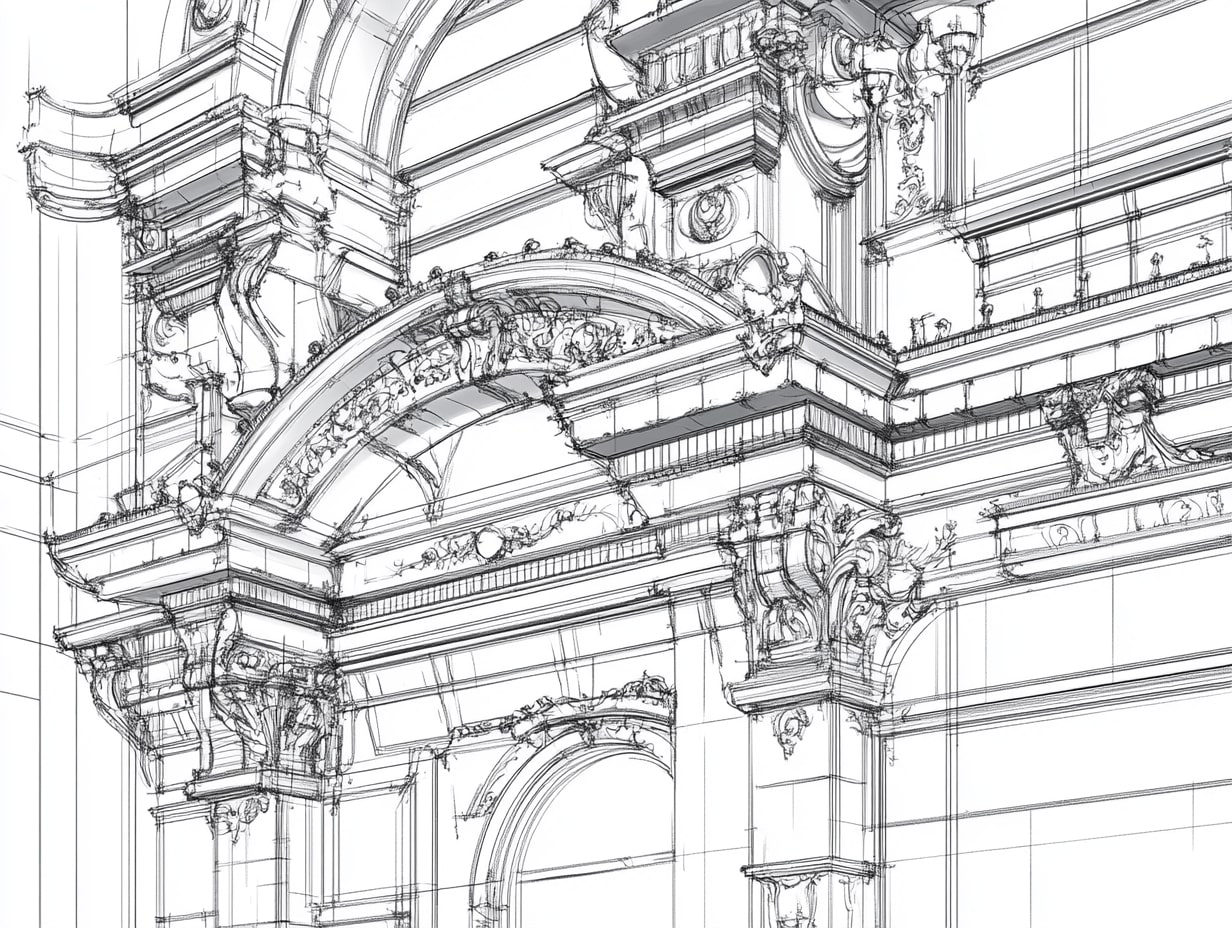- Home
- Articles
- Architectural Portfolio
- Architectral Presentation
- Inspirational Stories
- Architecture News
- Visualization
- BIM Industry
- Facade Design
- Parametric Design
- Career
- Landscape Architecture
- Construction
- Artificial Intelligence
- Sketching
- Design Softwares
- Diagrams
- Writing
- Architectural Tips
- Sustainability
- Courses
- Concept
- Technology
- History & Heritage
- Future of Architecture
- Guides & How-To
- Art & Culture
- Projects
- Interior Design
- Competitions
- Jobs
- Store
- Tools
- More
- Home
- Articles
- Architectural Portfolio
- Architectral Presentation
- Inspirational Stories
- Architecture News
- Visualization
- BIM Industry
- Facade Design
- Parametric Design
- Career
- Landscape Architecture
- Construction
- Artificial Intelligence
- Sketching
- Design Softwares
- Diagrams
- Writing
- Architectural Tips
- Sustainability
- Courses
- Concept
- Technology
- History & Heritage
- Future of Architecture
- Guides & How-To
- Art & Culture
- Projects
- Interior Design
- Competitions
- Jobs
- Store
- Tools
- More
Essential Tools for Architectural Sketching: Boost Creativity and Precision
Discover the must-have tools for architectural sketching that blend creativity and precision. From graphite pencils to digital tablets, explore how to enhance your workflow, refine ideas, and communicate designs effectively. Learn tips for tool selection, maintenance, and achieving a balance between traditional and modern methods to inspire innovation and efficiency in your projects.

Architectural sketching is where creativity meets precision, allowing us to bring visionary designs to life. Whether we’re sketching bold concepts or refining intricate details, the right tools can make all the difference. They don’t just enhance our workflow—they help translate our ideas onto paper with clarity and accuracy.
From classic pencils to modern tech gadgets, having a well-rounded toolkit is essential for every architect. With so many options out there, it can be overwhelming to know what truly matters. That’s why we’ve curated a list of must-have tools that combine functionality and quality, ensuring we stay inspired and efficient.
Table of Contents
ToggleWhy Architectural Sketching Matters
Architectural sketching bridges imagination and implementation by visually articulating ideas. It serves as a primary medium to explore and refine initial concepts before advancing to digital models or detailed drawings. Through sketching, we evaluate proportions, spatial relationships, and structural harmony with ease.
Manual sketches provide flexibility, allowing for quick iterations during brainstorming. Whether developing floor plans or refining facades, this process enhances creativity and problem-solving by encouraging experimentation. Early sketches help identify design challenges, saving time during later stages.
Clients and collaborators often gain better insights from hand-rendered sketches. These visuals communicate ideas more intuitively than technical diagrams. They create a shared understanding, building trust and aligning vision among stakeholders.

Essential Tools For Architectural Sketching
Having the right tools is essential in architectural sketching to ensure precision and creativity in every design. We’ve curated a selection of key tools that support both traditional and modern sketching techniques.
Sketching Pencils
Graphite pencils are indispensable for architectural sketching due to their versatility. Harder leads (e.g., 2H-6H) offer precise, light lines ideal for technical details, while softer leads (e.g., HB-6B) allow for shading and bold strokes. Mechanical pencils deliver consistent fine lines, making them excellent for intricate work. Carrying a variety ensures adaptability during sketching.
Erasers And Blending Tools
Quality erasers, such as kneaded erasers, provide precision in lightening or removing lines without damaging paper. Vinyl erasers are better for clean, bold corrections. Blending tools like paper stumps or tortillons help achieve smooth gradients and shadows in sketches.
Quality Sketchbooks
A sketchbook with heavyweight, acid-free paper is critical for accommodating different media, from pencils to markers. Popular sizes like 9″x12″ allow sufficient space for expansive ideas. Spiral-bound or hardcover options improve durability and portability, enhancing reliability during on-site work or presentations.
Markers And Fineliners
Alcohol-based markers like Copic or Prismacolor create vibrant, blended renderings essential in architectural presentations. Fineliners, especially with nib sizes ranging from 0.1mm to 0.8mm, are useful for clean detailing and line emphasis. Using waterproof or fade-resistant ink ensures sketches remain intact over time.
Rulers And Templates
Architectural rulers like scale rulers enable accurate measurements and proportional drawings. French curves, circle templates, and adjustable triangles simplify complex shapes, ensuring consistent results across designs. Durable materials, such as stainless steel or aluminum, ensure longevity and precision.
Digital Drawing Tablets
Drawing tablets, like Wacom or iPad Pro, offer modern solutions for sketching using stylus input with pressure sensitivity. Software like AutoCAD SketchBook or Procreate captures detailed designs while integrating capabilities for editing, scaling, and layering. Portable tablets facilitate flexibility, whether at a desk or on-site.

Choosing The Right Tools For Your Style
Selecting tools tailored to your sketching style enhances creativity and workflow. Our approach considers individual preferences and the balance between traditional and digital methods.
Factors To Consider
Analyze your preferred sketching techniques and project requirements before selecting tools. For precise line work, fineliners and high-quality templates are effective. For expressive shading, graphite pencils with varied lead grades offer range. Portability matters if sketches are done on-site; compact pencil cases and portable sketchbooks reduce bulk. For professionals working on mixed media, compatibility between markers, paper, and other tools prevents material inconsistencies.
Balancing Traditional And Digital Tools
Combine analog tools with digital technology to maximize versatility. Traditional supplies like pencils and markers excel at conveying texture and spontaneity. Digital tablets, equipped with pressure-sensitive styluses, streamline edits and add layers of refinement. Use analog methods during brainstorming to explore ideas quickly, and switch to digital platforms for detailed iterations or presentations. Integrating both ensures efficiency without compromising creativity.

Tips For Maintaining Your Architectural Tools
- Clean Tools Regularly
Keeping tools clean extends their longevity. Wipe pencils, erasers, blending stumps, and fineliners after use to remove dust, lead, or ink residues. For digital tablets, use microfiber cloths to prevent scratches on the surface.
- Store Tools Properly
Organized storage prevents damage. Use pencil cases or tool rolls to protect pencils, pens, and other fragile items. Ensure sketchbooks and templates are stored flat to avoid warping. Keep digital tools in padded cases.
- Monitor Wear and Tear
Check the condition of tools frequently. Replace dull pencil leads, dried markers, or damaged erasers to maintain quality. Inspect stylus nibs for wear, as worn tips can affect precision on digital tablets.
- Sharpen and Refill When Needed
Sharp pencils ensure precise lines. Use a high-quality sharpener to avoid breakage. Always keep spare leads, ink refills, and nibs handy for uninterrupted work.

- Control Environmental Factors
Avoid exposing tools to extreme conditions. Keep tools in cool, dry environments to prevent warping, rusting, or ink drying out. Protect digital devices from humidity and heat.
- Handle Tools With Care
Handle delicate items like templates and fine brushes gently. Avoid applying excessive pressure on fineliners and stylus nibs, as it can damage their functionality and point.
- Use Maintenance Products
Specialized cleaners and sprays can maintain tools. Aerosols can revive dried markers, while proper lubricants can benefit sharpeners or mechanical pencil parts. Use screen protectors on tablets to reduce wear.
- Label and Organize
Labeling tools prevents misplacement and confusion. Use separate compartments for different lead types, markers, rulers, and templates, ensuring easy access and proper organization.
Conclusion
Architectural sketching thrives on the thoughtful use of essential tools that support creativity, precision, and efficiency. By integrating high-quality traditional and digital tools into our workflow, we can refine our concepts, address design challenges, and communicate ideas effectively to collaborators and clients. Effective tool selection, maintenance, and organization ensure that we remain equipped for innovation and problem-solving across diverse design scenarios.
- Architectural Design Tools
- architectural drawing essentials
- architectural drawing tools
- architectural sketching techniques
- architectural sketching tools
- architectural tools for creativity
- best tools for architectural sketches
- creative architectural tools
- creative sketching for architects
- essential tools for architects
- precision architectural sketching
- precision tools for architects
- sketching tools for architects
- tools for architects
- tools for precision sketching
illustrarch is your daily dose of architecture. Leading community designed for all lovers of illustration and #drawing.
Submit your architectural projects
Follow these steps for submission your project. Submission FormLatest Posts
Unlocking Creativity: The Power of Sketching in Architectural Design
Discover the vital role of sketching in architectural design through our comprehensive...
Understanding Architectural Elevation Drawings: Importance, Types, and Tools
Discover the vital role of architectural elevation drawings in the design and...
Unlocking the Art of Architectural Detail Drawing for Flawless Design Execution
Explore the vital role of architectural detail drawings in translating complex design...
Exploring the Art of Architectural Sketching Tools and Methods: A Guide to Creativity and Precision
Discover the timeless art of architectural sketching and its vital role in...












Leave a comment